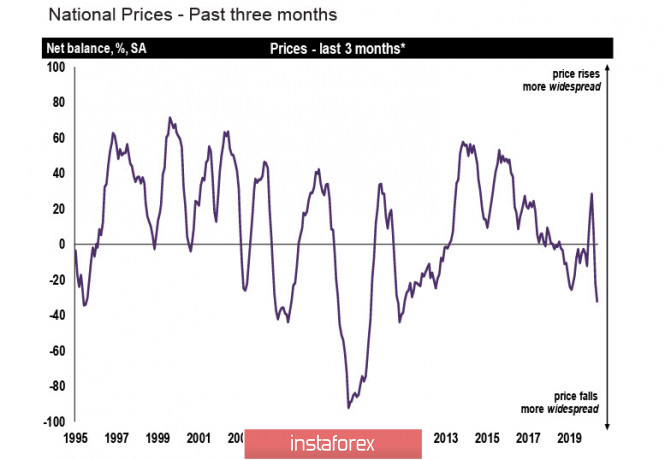Before the FOMC meeting on Wednesday, the news background was filled with rumors and speculation about the Fed's next steps, but the regulator managed to surprise investors once again by offering almost nothing new. Prior to the meeting, the probability of introducing a control of the yield curve was regarded as high, but the Fed postponed this instrument for the future.
At the same time, something important came out. First, the Fed announced an improvement in financial conditions, which was reflected in the growth in lending to households and companies. Secondly, in addition to the plans announced in April to buy assets in the volumes that will be needed, the Fed adds another commitment – to maintain the current pace of repurchase. This will lead to the fact that by the end of this year, the volume of funds poured into the US economy will reach $ 6.8 trillion – a completely unimaginable level of support six months ago.
On the eve of the meeting, the Fed received a signal that could not be ignored - core CPI core CPI declined for the third month in a row for the first time in history, which significantly increased the threat of deflation.

The deflation indicator from the Federal Reserve Bank of St. Louis rose to the level of 77%, which means a very high degree of threat. The Fed expects a decline in GDP of 6.5% in the 4th quarter, while J. Powell at the final press conference stressed that the real unemployment rate is higher than the stated 13.7%.
As a result, the Fed, without saying almost anything new, could not support the wave of optimism. Oil's prices dropped below $ 40 a barrel, and a wave of riots in the United States has unexpectedly led to rising fears of a second wave of an undeclared pandemic. The reversal looks stable to ignore, so demand for defensive assets will dominate in the coming days.
EUR/USD
The euro failed on its first attempt to break through the resistance level of 1.1490, the pullback seems logical, but the overall picture remains in favor of the European currency. The first support zone is 1.1240/60 and the second one is 1150/70. In the case of a decline, you can try to buy in the first support zone and add a second zone with a goal to successfully test the level of 1.1490 again.
GBP/USD
The Bank of England will hold its next meeting on monetary policy on June 18, and considering the fact that the ECB has expanded its asset repurchase program and the Fed is implementing the largest-ever US economy support program, investors are calculating the chances that the Bank of England will announce additional measures a week later.
There are grounds for such conclusions. First, consumer demand must be supported. According to the RICS report, the housing price index declined in May from 22% to 34%, falling to a 10-year low, short-term expectations remain low, which indirectly indicates a general drop in income levels.

The expectations for inflation remain limited, and NIESR analysts criticize the government's large-scale support program, calling it costly and ineffective, that is, unable to compensate for the drop in real incomes due to a sharp increase in unemployment.
Secondly, the Brexit factor. Michel Barnier, EU chief negotiator for Brexit, said the British side refuses to seriously engage with the EU in four main areas of dialogue within the Brexit framework. As a result, the threat has been voiced that the European Parliament could veto any trade deal between the UK and the EU if it is not based on deep agreements with mutual guarantees.
As a result, markets expect at least expansion of the asset purchase program, and will assess how deep the British economy will fall from the perspective of the Bank of England. At the moment, there are fewer reasons to wait for the pound to continue growing. Testing the support level of 1.2640 successfully and returning to the zone where the pound spent its time for several months this year look justified, when trying to sell growth, with the expectation of a decline to 1.2430/50.
The material has been provided by InstaForex Company - www.instaforex.com